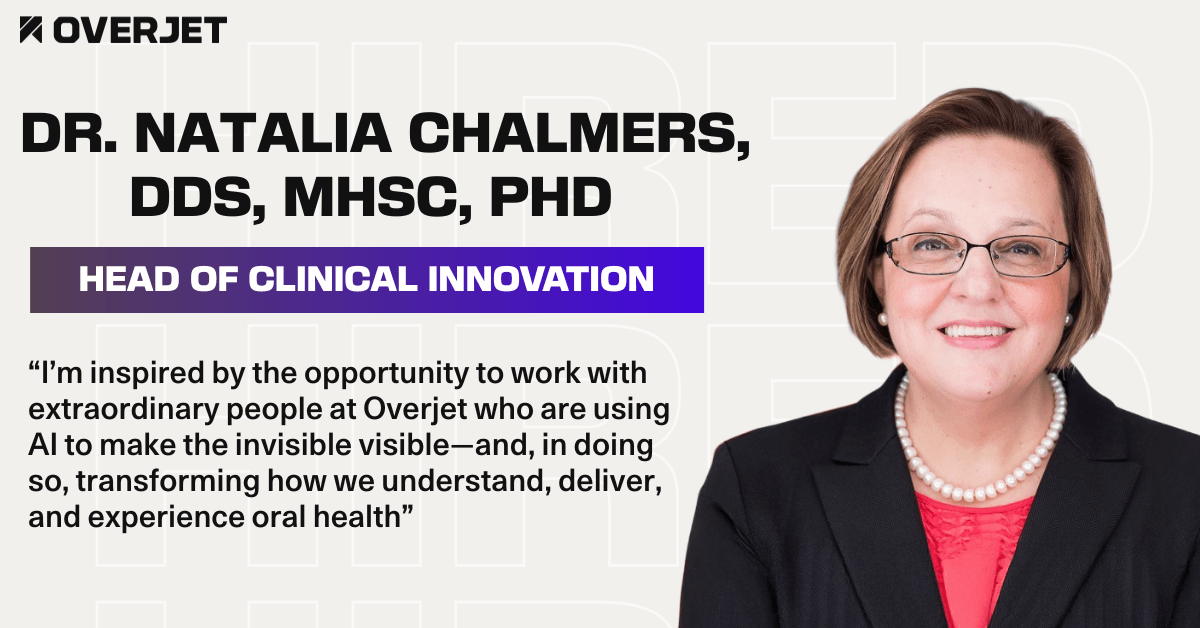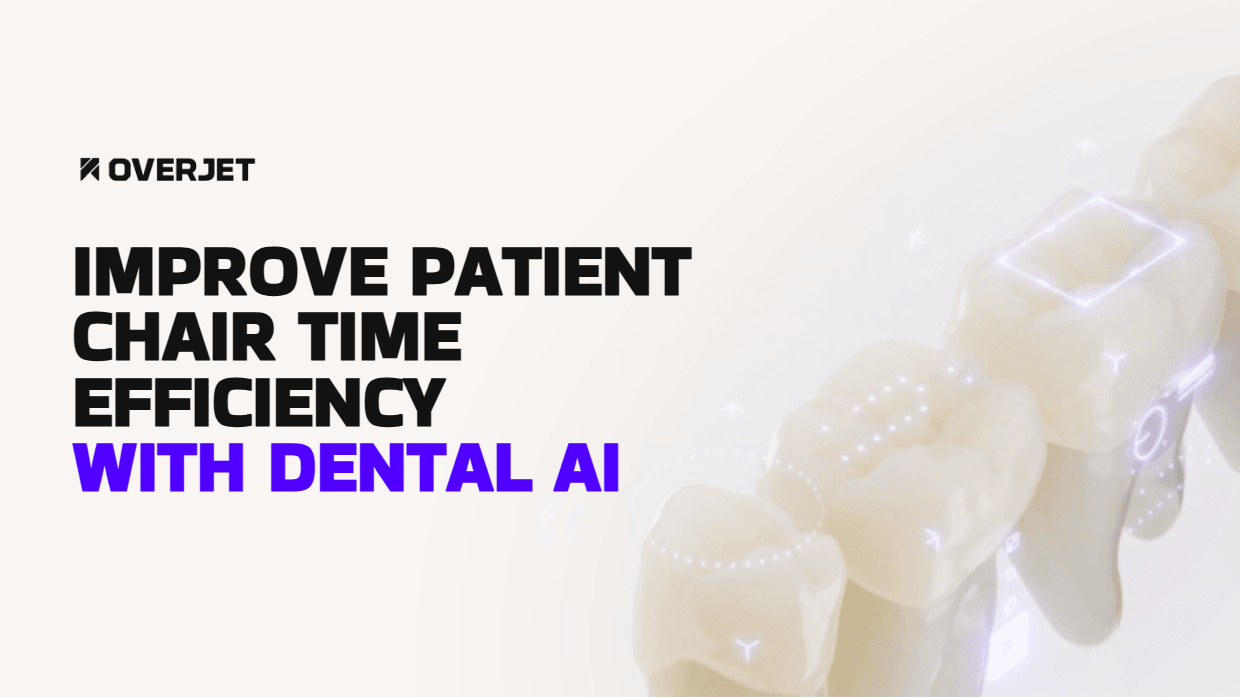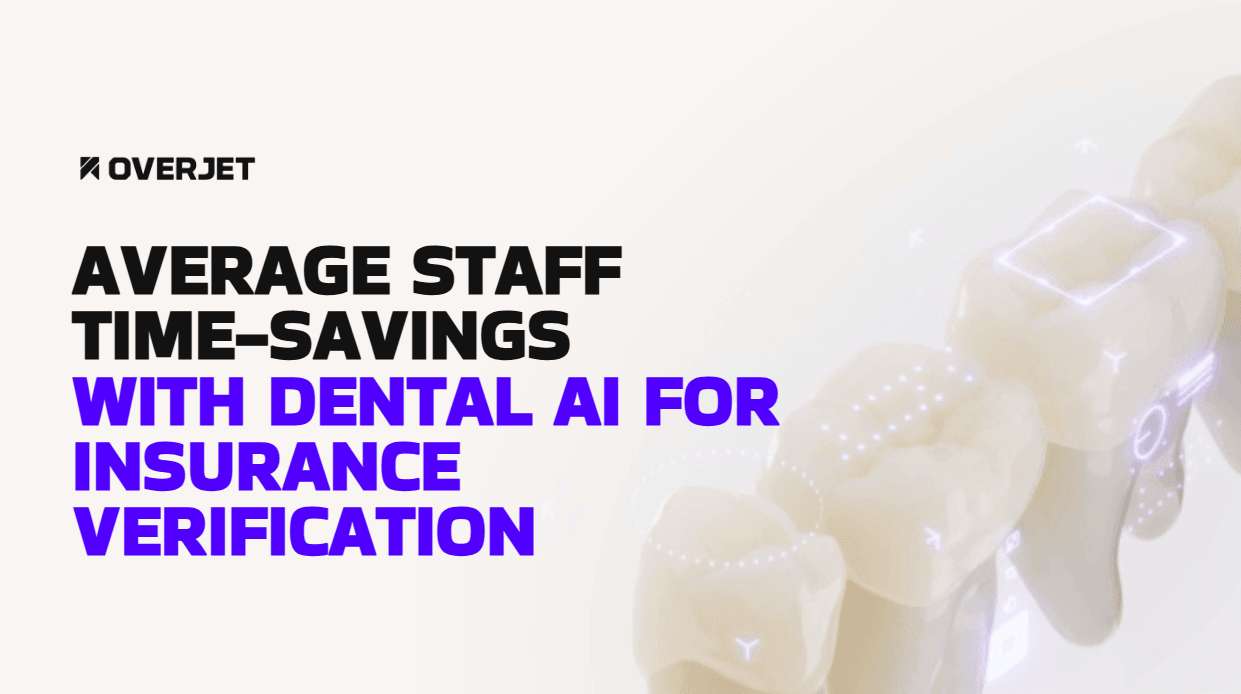Setting arbitrary new patient goals like “30 per month” without understanding your practice’s actual capacity often leads to overwhelmed staff, declining patient care quality, and unsustainable growth patterns. Most dental practices need between 20-40 new patients monthly, but this number depends entirely on your specific circumstances, from provider availability and patient retention rates to local market conditions and growth objectives.
Local market conditions, such as regional demographics, competition, and economic factors, can significantly impact benchmarks like new patient targets, active patient counts, and attrition rates. Practices should consider these local variables when setting their own goals and evaluating performance.
This guide walks you through the systematic approach to calculate your optimal monthly target, recognize warning signs of over-acquisition, and implement ways to grow your dental practice that protect both patient experience and practice profitability.
Explore Overjet's Dental AI Software
How Many New Patients Per Month Does a Healthy Practice Need
A healthy dental practice typically attracts 20-30 new patients monthly to sustain growth, though this number varies significantly based on practice size, location, and growth stage. Established general practices often thrive with this range, while newer or growth-focused offices may target 40 or more new patients each month.
The ideal number depends on several key factors that shape your practice’s unique needs. Your practice goals determine whether you’re maintaining steady operations or pursuing aggressive expansion. Capacity considerations, including staffing levels and available appointment slots, directly impact how many new patients you can effectively serve without compromising care quality.
Patient retention rates also influence monthly targets. Practices with higher attrition rates require more new patients simply to replace departing patients, while practices with strong retention can focus new patient acquisition on growth rather than replacement.
How Many Patients Does the Average Dentist Have
The average full-time dentist maintains approximately 1,500 to 1,800 active patients. Active patients are typically defined as those who have visited within the past 18 months, the industry standard for measuring practice health.
Solo practitioners often manage the lower end of this spectrum, while dentists in group practices or DSOs may handle larger patient loads. Specialists generally maintain smaller active patient counts due to the nature of referral-based care and longer treatment intervals.
Specialty practices, such as orthodontists, oral surgeons, and endodontists, often have different patient base requirements. Unlike general dentists, specialists typically provide one-time or episodic care, so they do not maintain a large active patient base. Their success metrics may focus more on referral relationships and case volume rather than ongoing patient retention.
Your active patient count provides crucial insight into practice capacity and growth potential. Practices with fewer than 1,200 active patients per full-time dentist often have room for growth, while those exceeding 2,000 may face scheduling challenges.
Calculating Your Capacity-Based New-Patient Target
Rather than setting arbitrary monthly goals, successful practices base new-patient targets on actual capacity and operational metrics. This systematic approach ensures sustainable growth without overwhelming your team or compromising patient care.
1. Assess Provider Chair Time
Calculate your available appointment slots by multiplying provider hours by the number of working days per month. Factor in vacation time, continuing education, and administrative duties that reduce clinical availability.
A full-time dentist working 32 clinical hours weekly generates approximately 128 hours monthly. This translates to different patient volumes depending on appointment types and complexity.
2. Analyze Historical Visit Frequency
Review how often your existing patients visit annually to predict future scheduling patterns. Most general practice patients schedule 2-3 visits yearly, including preventive cleanings and necessary treatment appointments.
This data helps you understand how many appointment slots existing patients will occupy. The remainder remains available for new patient acquisition.
3. Factor Hygiene Recare Demand
Preventive appointments typically fill 60-70% of hygienist schedules, directly impacting new patient exam availability. Practices with strong recare systems often balance new patient goals with maintenance visit demands.
Consider your hygienist-to-dentist ratio when setting targets. Most successful practices maintain approximately two hygienists per dentist to handle preventive care efficiently.
4. Adjust for Attrition Rate
Calculate your annual patient attrition rate, which averages 17% across dental practices. However, some industry sources report a wider range of 10-40%, illustrating that attrition rates can vary significantly depending on practice circumstances and data sources. Your new patient targets must first replace lost patients before contributing to practice growth.
If you’re losing 255 patients annually from a 1,500-patient base, you require approximately 21 new patients monthly just to maintain current levels. Any additional new patients beyond this number contribute to actual growth.
5. Validate Against Market Size
Ensure your targets align with local population and market penetration possibilities. Small communities may not support aggressive growth goals, while urban areas offer greater expansion potential.
Research local demographics and competitor density to set realistic expectations for market share growth.
Four-Step Framework to Set Monthly Targets
Establishing evidence-based monthly targets requires systematic analysis of your practice’s unique circumstances and market position.
Step 1: Analyze Performance Data
Begin by reviewing 12-18 months of appointment books, patient records, and revenue trends to identify patterns in patient flow and seasonal variations. Overjet’s AI for dental practice analytics can help identify correlations between diagnostic findings and treatment acceptance rates, revealing opportunities to optimize new patient conversion.
Look for trends in no-show rates, cancellation patterns, and treatment plan acceptance among new patients versus established ones.
Step 2: Benchmark Competitors and Market
Research local competition through online reviews, insurance directories, and community feedback to understand market dynamics. Consider factors like insurance participation rates, service offerings, and pricing structures that influence patient choice.
This analysis helps you position your practice competitively while setting realistic acquisition goals based on market share potential.
Step 3: Align Marketing Budget
Connect acquisition costs to revenue goals by calculating your cost per new patient across different marketing channels. Determine sustainable spending levels that generate positive return on investment within your target timeframe.
Most successful practices allocate 3-5% of gross revenue to marketing efforts, adjusting this percentage based on growth stage and competition levels.
Step 4: Review Targets Quarterly
Monitor key performance indicators monthly and adjust goals quarterly based on seasonal patterns, staff changes, and market conditions. Track metrics like new patient conversion rates, average treatment value, and patient lifetime value to refine your approach.
Regular reviews allow you to identify successful strategies and pivot away from underperforming tactics quickly.
Understanding and Tracking Active Patient Count
Active patient count serves as a more meaningful metric than total database size, providing insight into practice health and growth potential.
Define 18-Month Active Window
The industry standard considers patients “active” if they’ve visited within the past 18 months, though some practices use 12 or 24-month windows depending on their patient demographics. This timeframe accounts for typical recall intervals while excluding patients unlikely to return.
Tracking active patients separately from your total database prevents inflated assessments of practice size and capacity.
Calculate Active-to-Total Ratio
A healthy practice maintains an active-to-total patient ratio of 60-75%, indicating strong patient retention and engagement. Lower ratios suggest issues with patient satisfaction, recall systems, or competition from other practices.
Regular monitoring of this metric helps identify trends before they significantly impact practice revenue or growth potential.
Warning Signs You Are Attracting Too Many New Patients
While growth is generally positive, excessive new patient volume can create operational problems that harm long-term success.
Schedule Bottlenecks
When existing patients struggle to schedule appointments within reasonable timeframes, you’ve likely exceeded optimal new patient intake. Emergency slots becoming consistently occupied by routine care indicates capacity strain.
Monitor average wait times for routine appointments. Anything exceeding 3-4 weeks for non-urgent care suggests the need to slow new patient acquisition temporarily.
Declining Patient Experience
Rushed appointments and longer wait times signal that patient volume has exceeded your team’s capacity to deliver quality care. Patient satisfaction scores and online reviews often reflect problems before they become severe.
Pay attention to staff stress levels and overtime requirements, as indicators of unsustainable patient loads that may lead to burnout and turnover.
Rising Incomplete Treatment Plans
When new patient volume prevents proper follow-through on comprehensive care, you’re sacrificing long-term value for short-term growth. Track treatment plan acceptance rates and completion percentages to identify this problem early.
Overjet’s AI for dental disease detection can help identify developing conditions during routine visits, ensuring patients receive timely care even during busy periods.
Best Patient Acquisition Strategies That Scale With Capacity
Effective marketing approaches can be adjusted based on practice needs and capacity constraints, allowing for controlled growth.
Digital Ads and Local SEO
Online marketing offers precise control over patient flow through budget adjustments and targeting modifications. Focus on local search optimization and targeted advertising for specific services or demographics that align with your practice goals.
Monitor cost per click and conversion rates to optimize spending efficiency while maintaining quality patient acquisition.
Referral and Rewards Programs
Existing patients represent your most valuable marketing asset, typically generating higher-quality referrals from your dental patients with better retention rates. Create systematic referral tracking and appropriate incentives to encourage patient advocacy.
Word-of-mouth referrals often convert at higher rates and require lower acquisition costs than other marketing channels.
Community Outreach Events
Health fairs, school visits, and professional networking build relationships that generate steady patient flow over time. Community involvement also enhances practice reputation and establishes trust within your local market.
Insurance Network Optimization
Strategic insurance participation provides access to specific patient populations while managing new patient volume through network capacity. Consider the balance between broader access and reimbursement rates when making participation decisions.
Some practices use insurance network changes as a tool to moderate new patient flow during capacity-constrained periods.
Retention Tactics to Protect Your Growth Investment
Keeping patients engaged requires systematic approaches that extend beyond initial treatment completion.
Automated Recare Reminders
Implement consistent follow-up systems for preventive appointments and treatment completion to maintain patient engagement. Technology solutions can automate much of this communication while personalizing messages based on individual patient needs.
Regular contact keeps your practice top-of-mind and prevents patients from seeking care elsewhere due to simple oversight.
Periodic Diagnostic Updates With AI
Overjet’s diagnostic capabilities enable proactive identification of developing conditions during routine visits, creating opportunities for early intervention and continued patient engagement. This approach demonstrates ongoing value while preventing minor issues from becoming major problems.
Advanced diagnostics also support dental patient education with AI, helping individuals understand the importance of regular care.
Post-Visit Follow-Up Protocols
Establish consistent communication after appointments to ensure satisfaction and address concerns before they impact patient retention. Simple check-ins can prevent negative reviews and demonstrate your commitment to patient care.
Follow-up calls also provide opportunities to schedule additional appointments and reinforce treatment recommendations.
Financial Metrics: Cost to Acquire vs. Lifetime Value
Understanding the economics of patient acquisition helps justify marketing investments and optimize resource allocation.
Calculate Patient Lifetime Value
Determine total revenue potential per patient by analyzing historical data on visit frequency, average treatment value, and retention duration. This calculation provides context for acceptable acquisition costs and marketing budgets.
Most dental patients generate $2,000-$5,000 in lifetime value, though this varies significantly based on demographics and practice type.
Track Cost Per Lead and Conversion
Monitor marketing efficiency across different channels by calculating cost per lead and conversion rates from inquiry to completed treatment. This data helps optimize spending allocation and identify the most effective acquisition strategies.
Digital marketing often provides more precise tracking capabilities than traditional advertising methods, enabling better return on investment analysis.
How AI Analytics Refines Targets in Real Time
Modern practice management benefits from data-driven decision making that adapts to changing conditions and patient needs.
Predict Chair Utilization
Advanced analytics can forecast scheduling needs based on historical patterns, seasonal variations, and patient behavior trends. This information helps optimize provider productivity while ensuring adequate capacity for new patient growth.
Predictive modeling also identifies potential bottlenecks before they impact patient access or satisfaction.
Identify High-Value Treatment Opportunities
Overjet’s diagnostic AI spots cases that increase per-patient revenue while improving clinical outcomes, helping practices focus on comprehensive care rather than simple volume metrics. This approach supports sustainable growth through enhanced treatment acceptance and patient value.
AI-powered diagnostics also improve patient communication by providing clear, visual evidence of treatment needs.
Set Growth Targets With AI-Driven Insights From Overjet
Strategic practice growth requires balancing patient acquisition with operational capacity and clinical excellence. Overjet’s comprehensive platform provides the diagnostic accuracy, patient communication tools, and administrative efficiency needed to optimize new patient targets while maintaining quality care.
The integration of AI-powered diagnostics with streamlined insurance processes enables practices to focus on patient care rather than administrative burdens. This approach supports sustainable growth by improving both clinical outcomes and operational efficiency.
Enhanced Diagnostics: AI-powered imaging detects conditions earlier and more accurately
Improved Patient Communication: Clear visual evidence supports treatment acceptance
Streamlined Administration: Automated insurance processes reduce administrative overhead
Data-Driven Decisions: Analytics provide insights for optimal capacity planning
Ready to See Overjet's Dental AI in Action?
Frequently Asked Questions (FAQs)
How does insurance participation affect monthly new-patient goals?
Insurance networks significantly impact patient volume potential, with broader participation typically enabling higher monthly targets. Practices with extensive insurance acceptance often see 30-50% more new patient inquiries than those with limited networks, though reimbursement rates may be lower.
What is the ideal hygienist-to-dentist ratio for sustainable growth?
Most successful practices maintain approximately two hygienists per dentist to handle preventive care demand effectively. This ratio supports healthy new patient flow while ensuring existing patients receive regular maintenance appointments without scheduling conflicts.
Should targets fluctuate during back-to-school or holiday seasons?
Seasonal adjustments are essential for realistic goal setting, with many practices seeing 20-30% increases during back-to-school periods and corresponding decreases during major holidays. Smart practices plan variations into their annual marketing strategy and staffing schedules.









